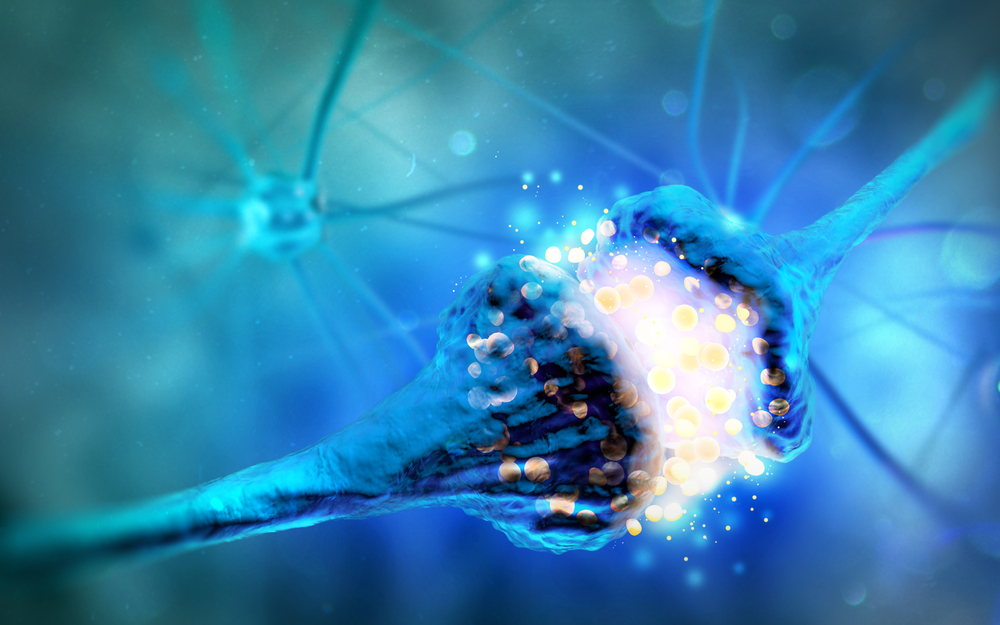Synaptic Protein Makeup May Explain Why Not All People with Alzheimer’s Brain Markers Develop Dementia

Scientists have discovered why some people who have brain markers of Alzheimer’s disease, such as protein plaques and tangles, do not develop dementia.
The reason may lie in the structure of synapses — the points of contact between nerve cells that allow them to communicate.
Findings were published in the study, “Postsynaptic proteome of non-demented individuals with Alzheimer’s disease neuropathology,” in the Journal of Alzheimer’s Disease.
Alzheimer’s is thought to be caused by the accumulation of plaques, composed of amyloid beta proteins, and neurofibrillary tangles, made up of tau proteins, within nerve cells. However, not all people with these brain markers of Alzheimer’s show signs of dementia during their lifetime.
“In previous studies, we found that while the non-demented people with Alzheimer’s neuropathology had amyloid plaques and neurofibrillary tangles just like the demented people did, the toxic amyloid beta and tau proteins did not accumulate at synapses, the point of communication between nerve cells,” Giulio Taglialatela, director of the Mitchell Center for Neurodegenerative Diseases at the University of Texas Medical Branch at Galveston, said in a press release.
“When nerve cells can’t communicate because of the buildup of the toxic proteins that disrupt synapse, thought and memory become impaired. The next key question was then what makes the synapse of these resilient individuals capable of rejecting the dysfunctional binding of amyloid beta and tau?” Taglialatela said.
To answer this question, the team analyzed the type of proteins present in synapses isolated from frozen brain tissues donated by individuals who had participated in brain aging studies and received annual neurological and neuropsychological examinations over their lifetime. The samples were obtained from the Oregon Brain Bank at Oregon Health and Science University in Portland.
Participants were divided into three groups — those with Alzheimer’s and dementia, those with Alzheimer’s biomarkers but no signs of dementia, and those with no evidence of Alzheimer’s.
Researchers found that those who had Alzheimer’s markers but no dementia had a unique protein makeup, comprised of 15 synaptic proteins, differing from both demented Alzheimer’s patients and healthy individuals. These proteins are known to be involved in several functions, including cell communication, defense against attackers, and proliferation.
This unique protein signature may contribute to the synaptic resistance to amyloid beta and tau proteins, enabling this group of patients to retain cognition, despite having Alzheimer’s features, the researchers believe.
“The subset of proteins identified in our study can be further investigated in order to establish the mechanisms responsible for preservation of cognitive function in [non-demented with Alzheimer’s neuropathology ] despite the presence of [Alzheimer’s] pathology,” the researchers wrote.
“Understanding such protective biological processes could reveal new targets for developing effective Alzheimer’s treatments,” Taglialatela said.






